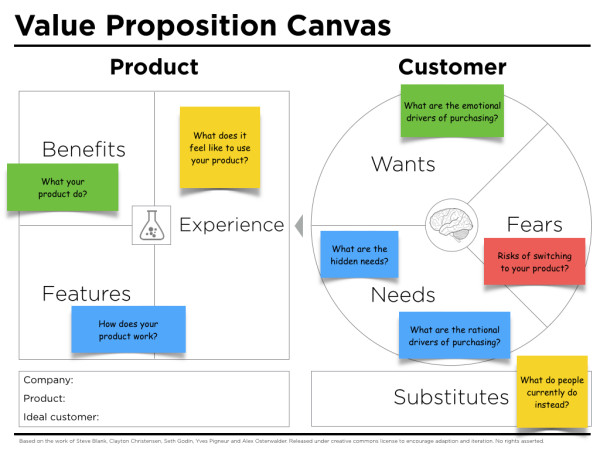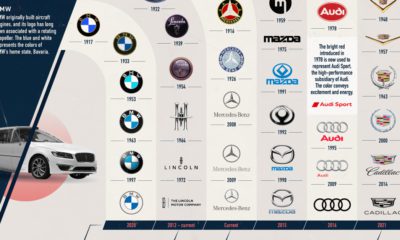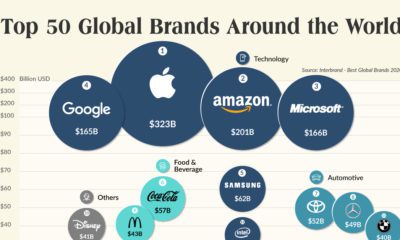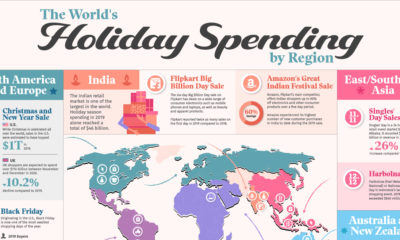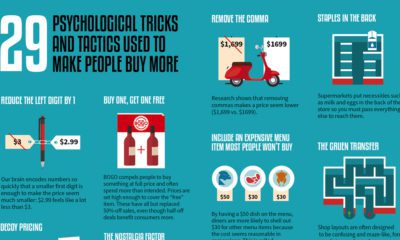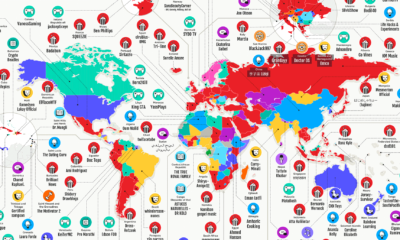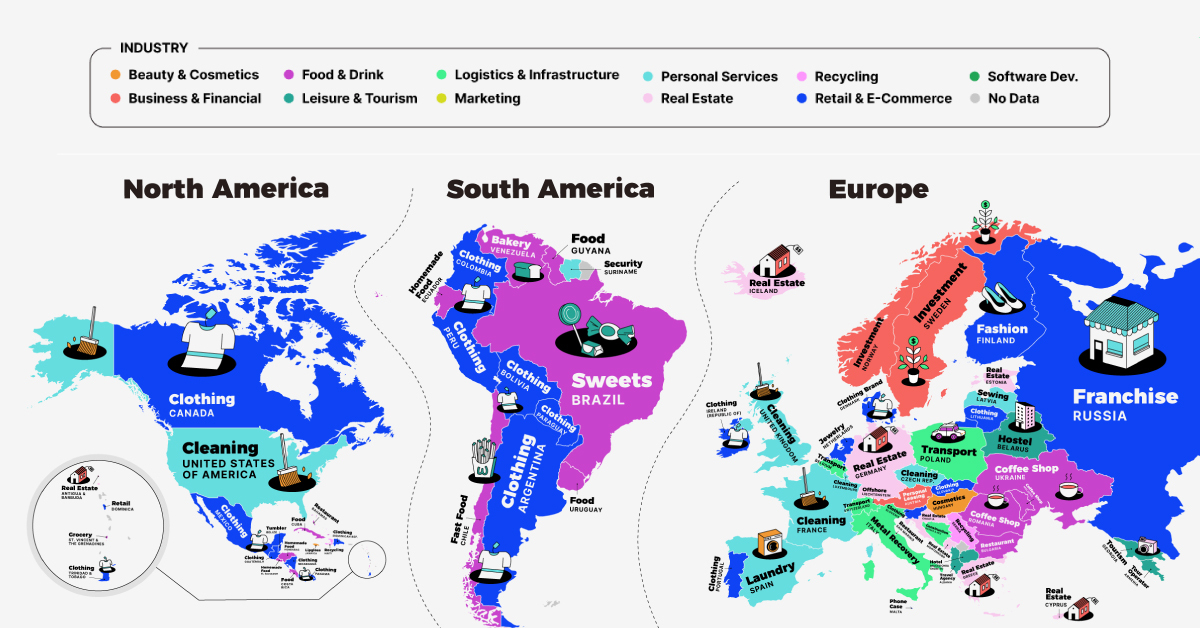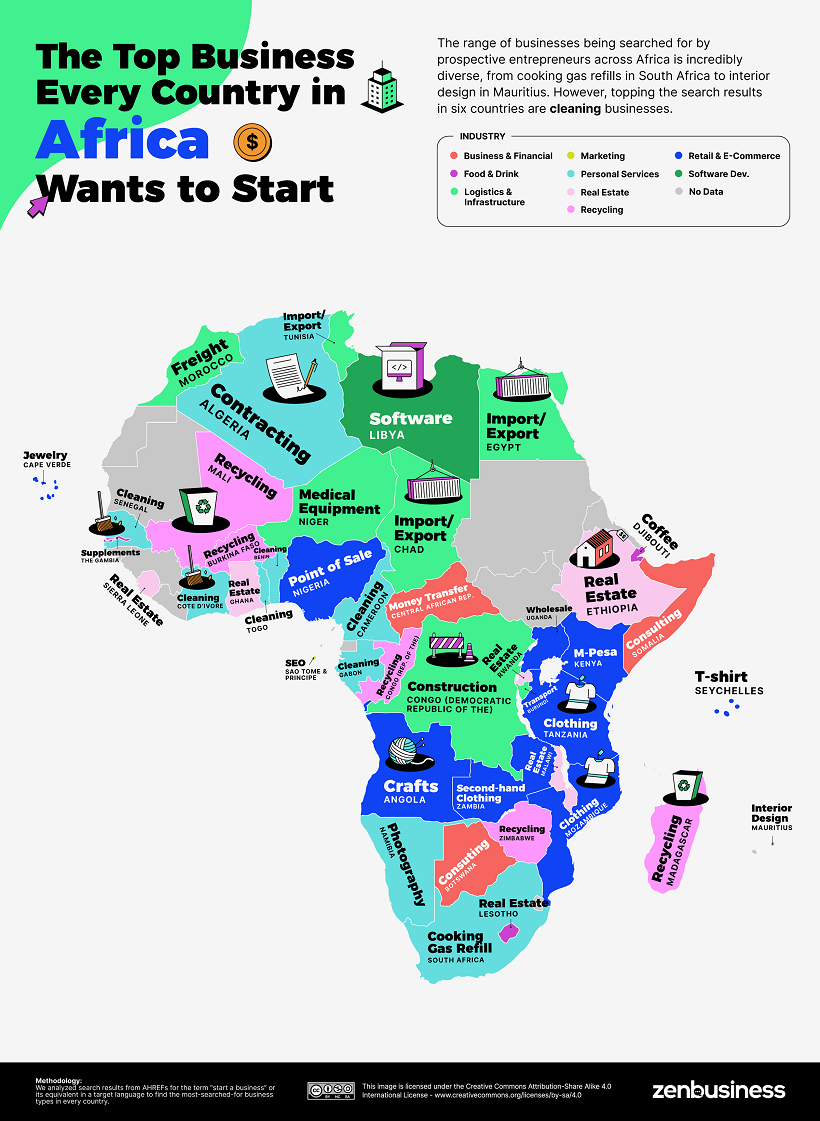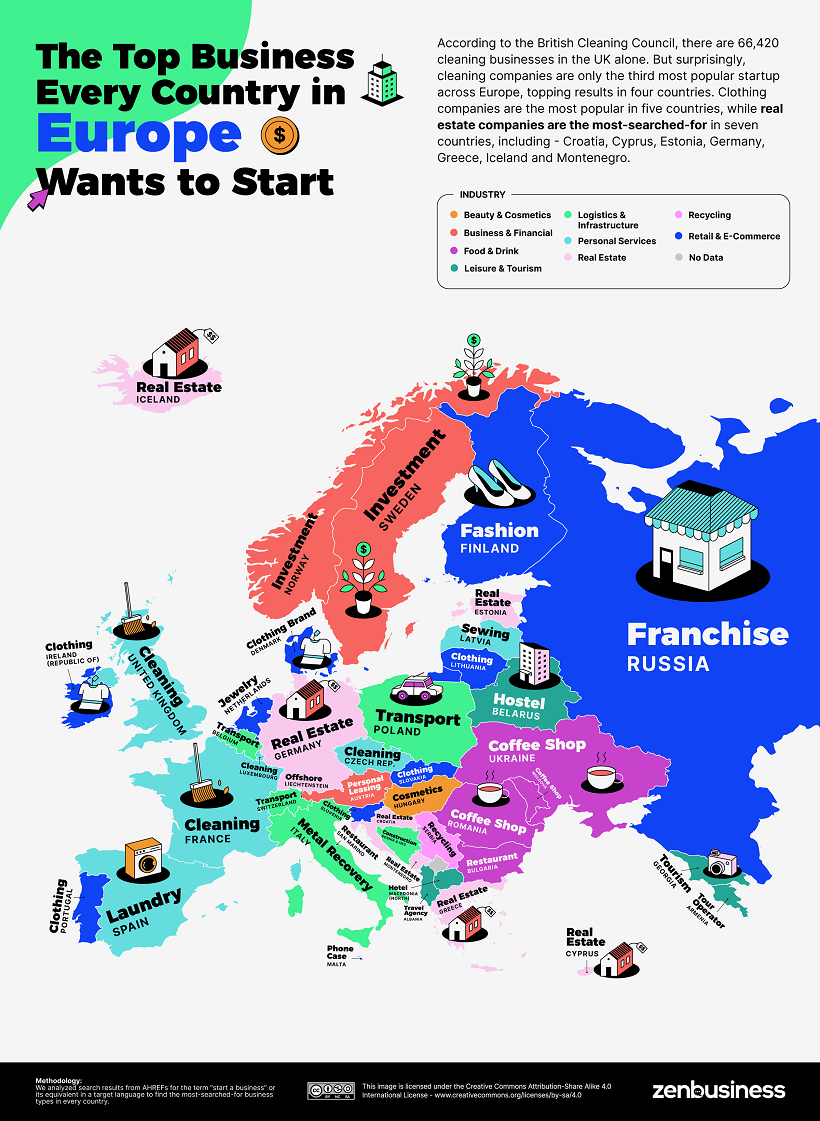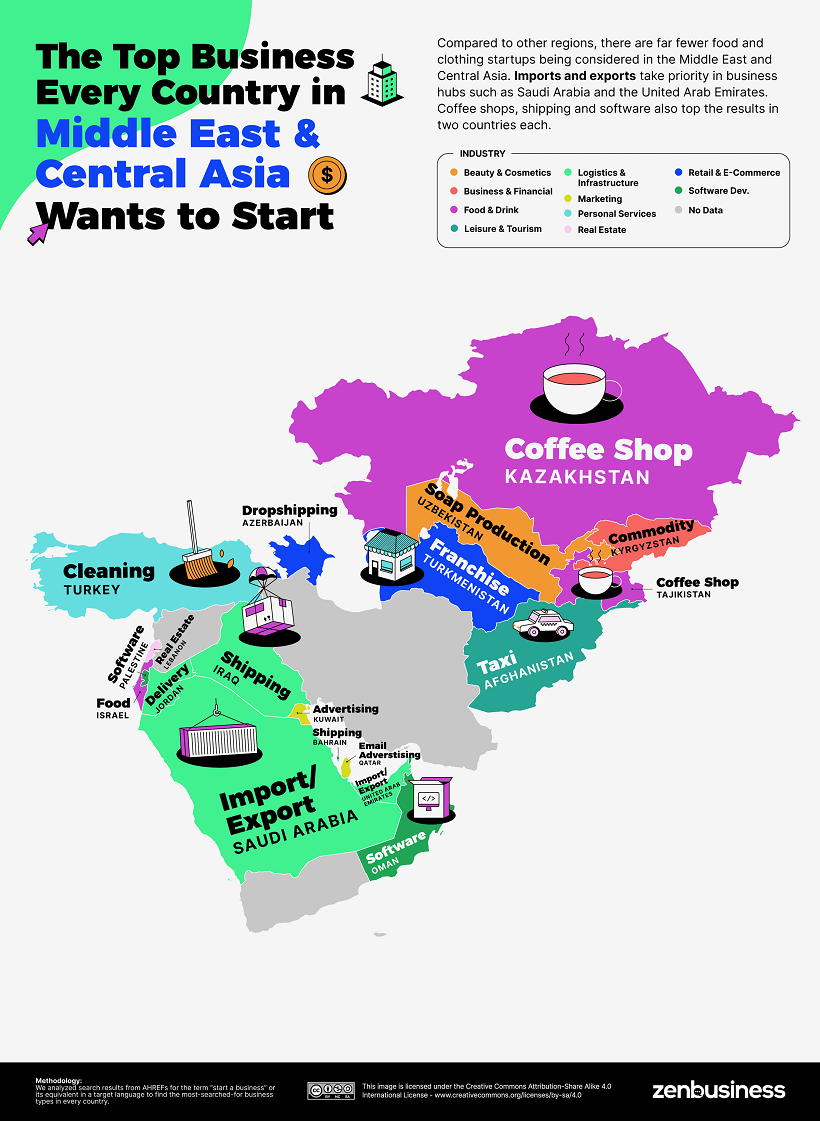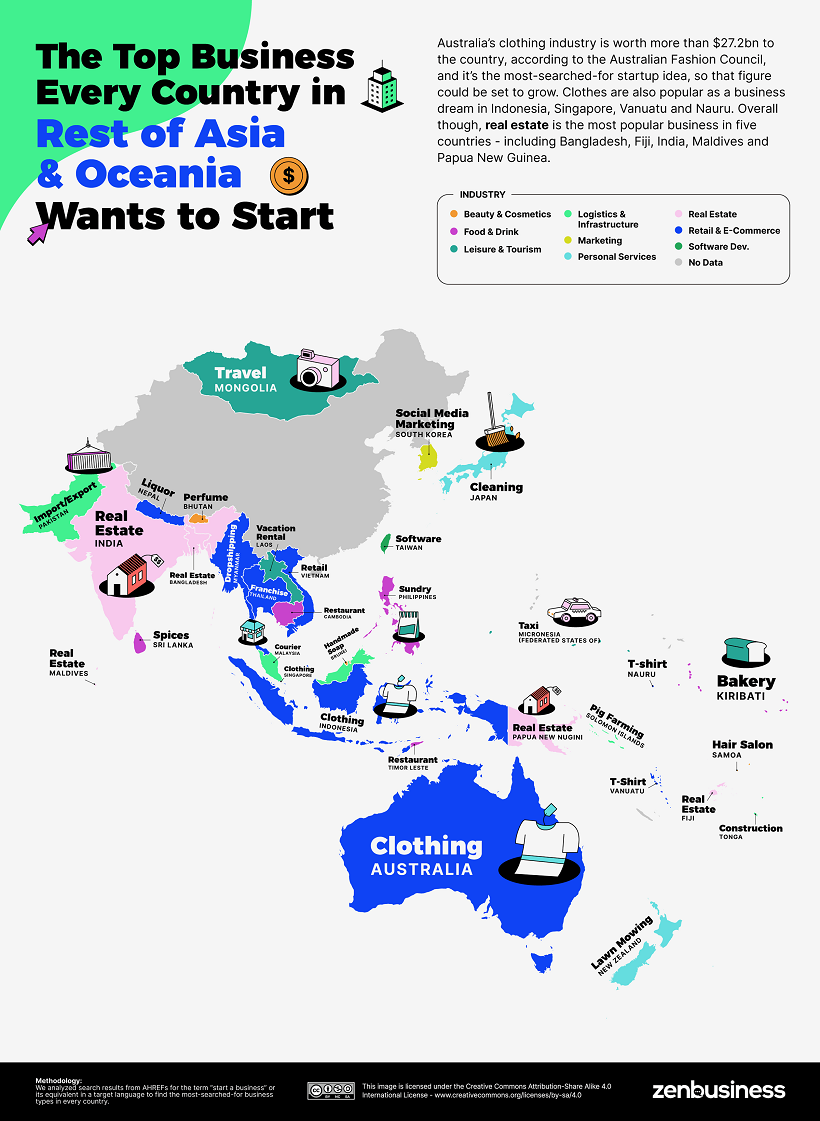Whether your company is a scrappy startup or an international juggernaut, it needs to find a way to consistently provide value to customers – and just as important, it needs to communicate that message succinctly and effortlessly. At the foundation of these efforts exists the value proposition, a deceptively simple set of key messages that serve as an anchor for all sales and communications efforts for an overall brand or a specific offering.
Crafting the Value Proposition
Today’s infographic comes to us from Quick Sprout, and it covers the steps in establishing and communicating an effective value proposition that can help differentiate you from your competitors.
A quality value proposition is clear, easy to understand, and communicates the specific results a customer will get. It also must explain how the product or brand is different and better than competing ways to solve the same problem (i.e. competitors, legacy processes). Nailing these criteria helps to create an effective foundation for all sales and marketing efforts, and it can also provide a useful compass for guiding any future messaging.
Discovering Value
While the concept behind a value proposition is pretty simple, that doesn’t make coming up with one a simple task. There are literally millions of companies in the world, and likely tens of thousands that do something similar to your company. How do you stand apart from these competitors? How do you clearly articulate the value that you can provide? One suggestion is to look at the customer experience methodically, and to fill out an exercise similar to this one created by digital brand strategist Peter Thomson:
As Peter skillfully articulates, a value proposition is the intersection between what you make and why people buy it. This intersection is what connects business strategy and brand strategy.
Articulating Value
What good is discovering value if it can’t be articulated clearly and concisely? After you’ve explored the customer experience, here’s a way to put it into words:
- Identify customer benefits Make a list of all benefits you offer to your customers
- Link benefits to value offering Identify what value your products bring to your customer
- Differentiate and position yourself Make it clear who the target customer is, what you offer to them, and how you are different Using these points, a winning value proposition can be crafted – and if it’s something that is being shown online (i.e. landing page, product page) it may make sense to include the following elements: a headline, a subheadline or paragraph, three bullet points, and a visual element.
The Tactics
Finally, here are some tactics that are relied on to further the effectiveness of the value prop: What other tactics do you use to craft a compelling message about your company or product?
on Every year, millions of new businesses are started across the world—in 2021, nearly 5.4 million new business applications were filed in the U.S. alone. And since startups and new businesses play a significant role in shaping a country’s economic growth, encouraging entrepreneurship is vital. But what types of businesses around the world are people most interested in starting? These maps by ZenBusiness show the most popular types of businesses that entrepreneurs in nearly every country want to start, based on analyzing relevant internet search results.
Most Searched Businesses Around the World
To source the data, ZenBusiness analyzed searches from Ahrefs, specifically looking for the term “start a business” and its equivalents in local languages as of February 2022. They then found the relevant topic or keyword with the highest search volume, and organized the results into 11 different industries:
Beauty & Cosmetics Food & Drink Logistics & Infrastructure Personal Services Recycling Software Development Business & Financial Leisure & Tourism Marketing Real Estate Retail & E-Commerce
The data showed that the industries entrepreneurs are most attracted to vary greatly from country to country, depending on a variety of factors such as infrastructure, business climate, and culture. Here’s a breakdown of the most searched businesses around the world, broken down by region.
Africa
From cooking gas refills in South Africa to supplements in the Gambia, entrepreneurs across Africa seem to be interested in starting a wide range of businesses (at least according to their searches). But while the results varied across the region, the most-searched industry was personal services such as cleaning, interior design, and contracting. Cleaning was especially popular, ranking first in six different African countries. One African country worth highlighting is Morocco, where freight is the most-searched startup term across the country. This makes sense considering Morocco is home to several major ports, including the Port of Tanger Med, which is Africa’s largest port by cargo capacity.
Europe
In Europe, real estate is the most-searched industry, ranking number one in seven different countries across the continent. Over the last decade, the European Union’s real estate market has boomed—between 2010 and 2021, home prices in the EU increased by 42%. Retail is also a popular industry across Europe, with clothing-related searching taking the top spot in five different European countries.
Middle East & Central Asia
From soap production in Uzbekistan to dropshipping in Azerbaijan, the Middle East & Central Asia have the most diverse searches compared to any other region. One particularly interesting top search was in the United Arab Emirates, where imports and exports ranked first. The UAE’s economy is heavily reliant on trade, especially oil, which makes up 30% of the region’s GDP and 41% of public revenues.
Rest of Asia & Oceania
Asia and Oceania had an interesting mix of unique business searches. For instance, pig farming ranked number one in the Solomon Islands, and lawn moving took the top spot in New Zealand. But generally speaking, retail was one of the most-searched-for business types across this region, with clothing taking the top spot in countries like Australia, Indonesia, and Singapore.
North America
Across North America, retail takes the top spot for most searched business type. In fact, the top searches in nearly half of the region’s countries are related to the retail or e-commerce industry. The U.S. currently has the largest retail market in the world, although China is close on its heels. In 2021, America’s retail market was valued at over $6.5 trillion U.S. dollars.
South America
Food was the top searched industry across South America, ranking number one in half the countries across the region. In Brazil, sweets took the top spot, which might not be surprising considering the country is the top sugar cane producer worldwide. Clothing was also a popular business idea, taking the top spot in five South American countries. Which countries surprised you the most with their new business interest?

